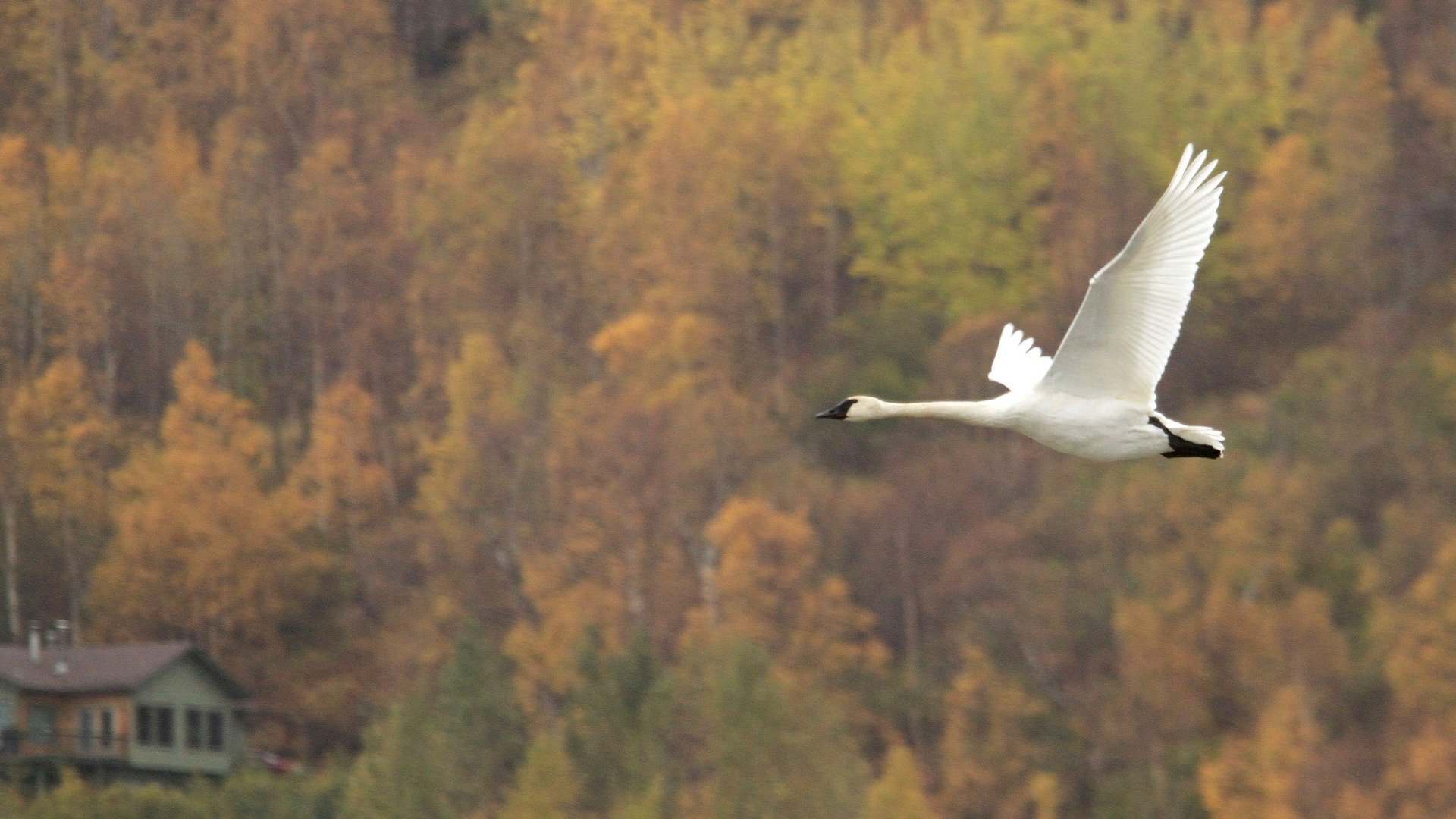Swans’ necks could be the key to creating ultra-smooth, realistic drone videos
For drone-makers, finding a way to keep a camera steady as it jukes and jives through the air is the holy grail. New research out of Stanford University suggests that they should look to nature for an elegant way to stabilize drone videos—by imitating the noble swan.


For drone-makers, finding a way to keep a camera steady as it jukes and jives through the air is the holy grail. New research out of Stanford University suggests that they should look to nature for an elegant way to stabilize drone videos—by imitating the noble swan.
A swan’s neck acts like a car’s suspension, compressing and expanding as the bird’s body bobs up and down with the flaps of its wings, and ensuring the head stays still. Now a Stanford University grad student, Ashley Pete, has developed a mechanism to translate this process into a system for flying cameras. Pete and her professor David Lentink published their findings in the Journal of the Royal Society Interface on Aug. 26.
“This simple mechanism is a remarkable finding considering the daunting complexity of avian neck morphology with about 20 vertebrae and more than 200 muscles on each side,” Lentink said in a Stanford press release.
Lentink’s team of mechanical engineers studied slow-motion video of swans in flight to figure out how their vertebrae responded to flapping. The system they’ve developed could lend itself to aerial camera systems, like drones, meaning we could someday see winged drones that flap like a bird and produce almost completely still video. (Perhaps a daytime complement to the University of Illinois’ bat drone concept.)
As we come to terms with the concept of drones flying overhead all the time—something Amazon is pushing hard for—it’s possible to imagine a day when a flying V formation passing overhead could be made up of either birds or robots.